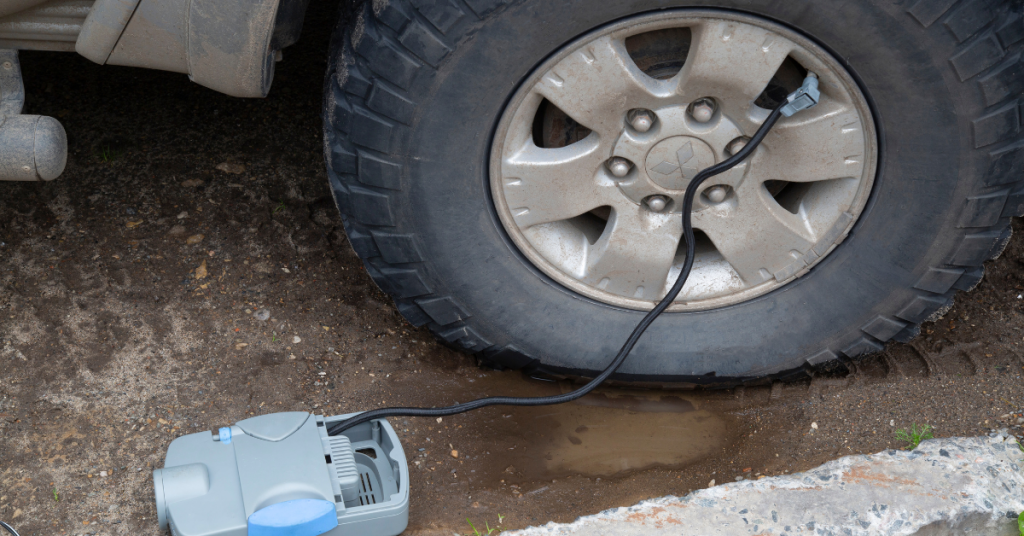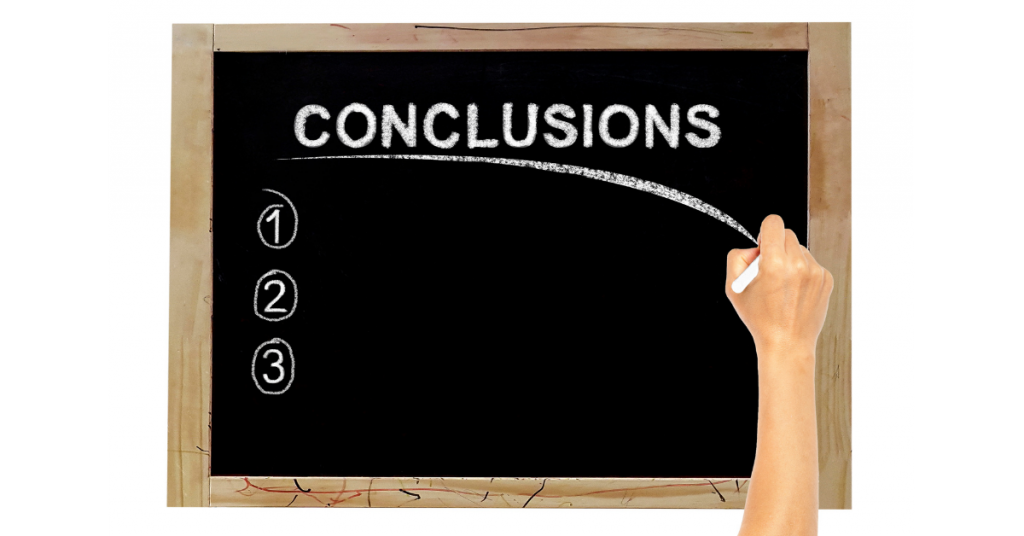Tyre maintenance is a very much overlooked factor when it comes to car maintenance. Those four tires are the only thing keeping you safely on the road. And still tire maintenance is a low priority to many.
Driving around with tires not meeting the legal requirements may lead to a hefty fine, where you get fined per tire. There will also be 3 points taken from your license and if you were in an accident and you have illegal tires the insurance company may not pay out.
The annual MOT test (roadworthy test in the UK) that you are required to do will take care of the legal requirements for your car, but a lot can happen in between MOT tests. You may also be near the limit of some requirements or driving on rough surfaces may damage tires without affecting handling of your vehicle. What makes your tires illegal? There are a few things to keep track of concerning the legality of your tires and neglecting these could cause you to be driving with illegal tires.
Below are the most important factors in what makes your tires illegal;
Tread Depth
By law in the U.K. your minimum tread depth must be 1.6mm (1/16 of an inch U.S.A.). The tread is the outside groovy part of your tire. There must be at least 1.6mm left in the middle of your tire’s tread for it to be legal and be able to pass the MOT (roadworthy) test. Anything below that and you will be driving with illegal tires. a New tire has a tread depth of 8mm.
Many argue that you can consider replacing your tires when the tread has worn to 3mm (1/8 of an inch U.S.A.). This makes sense because the braking distance of a vehicle with tires worn all the way down to 1.6mm would be much further than tires worn to 3mm depth. Tires with more tread will also perform better on wet roads.
Some tires have tread wear indicators, these are raised bars within the grooves of the tires and indicate when tread is getting low and when the tire must be replaced. If you aren’t sure if you need to replace your tires, go see a professional to check it for you.
Uneven or damaged tires
Your tire tread might be more on the one side than the other which there could be a couple of reasons for. When tires get worn unevenly for some time the edges of the tire will get exposed and blowouts may occur.
The sidewalls of the tires should be checked regularly for cracks or bumps. Cracks may occur on older tires (older than 5 years) where they were exposed to weather elements like sun and ice. Bumps could happen when you hit the sidewall of the tire with the curb. These are weak spots on a tire and it is dangerous to drive like that. Blowouts might occur while you are driving and put you in danger as well as other people on the road.
Tire pressure

Checking your tire pressure regularly to make sure it is at the correct pressure must be a priority . Neglecting this could lead to illegal tires. Tire pressure makes a huge difference in your driving experience and the handling of your car.
- Underinflated tires; when the tire pressure is too low, the car will handle sluggish, because of added surface area to the road. Small bumps in the road might also damage the tire, because there is less air to absorb the surface.
- Overinflated tires; these tires will make the driving experience hard and bumpy, they also have a smaller surface area to the road and might slide easier making it less safe to drive.
Check your car manual to make sure the correct tire pressure. These pressures have been tested by the car/tire manufacturers for optimal car handling, fuel economy and tire lifespan. Also take note that tire pressure between front and back tires differ.
Driving around with unchecked tires where they have different pressure between them will lead to uneven tread wear and shorten your tire’s life. Check your tires weekly just to be safe, if a tire loses air slowly over time you should let it be checked by a professional, it most probably have a slow puncture or a leaky valve.
Using none compatible tires
Using different tires on the same axle is dangerous, mixing tires in general is dangerous and makes it illegal. For instance mixing cross ply and radial ply tires across the same axle. The cords of these tires are arranged differently when manufactured.
In very cold areas there are summer tires and then there are winter tires. Mixing these tires are dangerous and illegal, so make sure your tires are of the same kind.
Some tires also might have a size difference. Make sure you are fitting tires made for your vehicle, using tires made for a different vehicle with different sizes will compromise your safety and are illegal. Different tires also have different load requirements and sometimes a different speed rating.
Conclusion

There are quite a few thing that makes your tires illegal, but doing your yearly MOT in the U.K. (roadworthy test) will ensure that your tires are legal and safe to drive. Skipping a test is a bad idea and you might be driving with illegal tires. You will get a hefty fine when you can’t produce your MOT pass certificate when pulled over.
That said, a lot can happen in a year. Some of your tires may have just passed the MOT test and they might have suggested that you change them soon. You might notice the car driving skew when releasing the steering wheel for a moment, this might indicate on tires having different pressure or wheel alignment may be out. Checking them every 7 to 14 days for cracks, bumps, uneven treading and tire pressure will go a long way safety wise.
By law you need at least 1.6mm (1/16 inch) of tread in the middle of your tires. Sure they are legal to drive with, but how safe are they really.? The braking distance for tires near their legal tread depth will be much more than with tires double that. Worn tires on a wet road are also much more dangerous than tires with still good tread depth. Worn tires will be susceptible to aquaplaning where the water forms a slippery barrier between the road and the tire and the vehicle can lose total control.
Consider replacing your tires when the tread depth is around 3mm (1/8 inch) for your own safety and those sharing the road with you.



